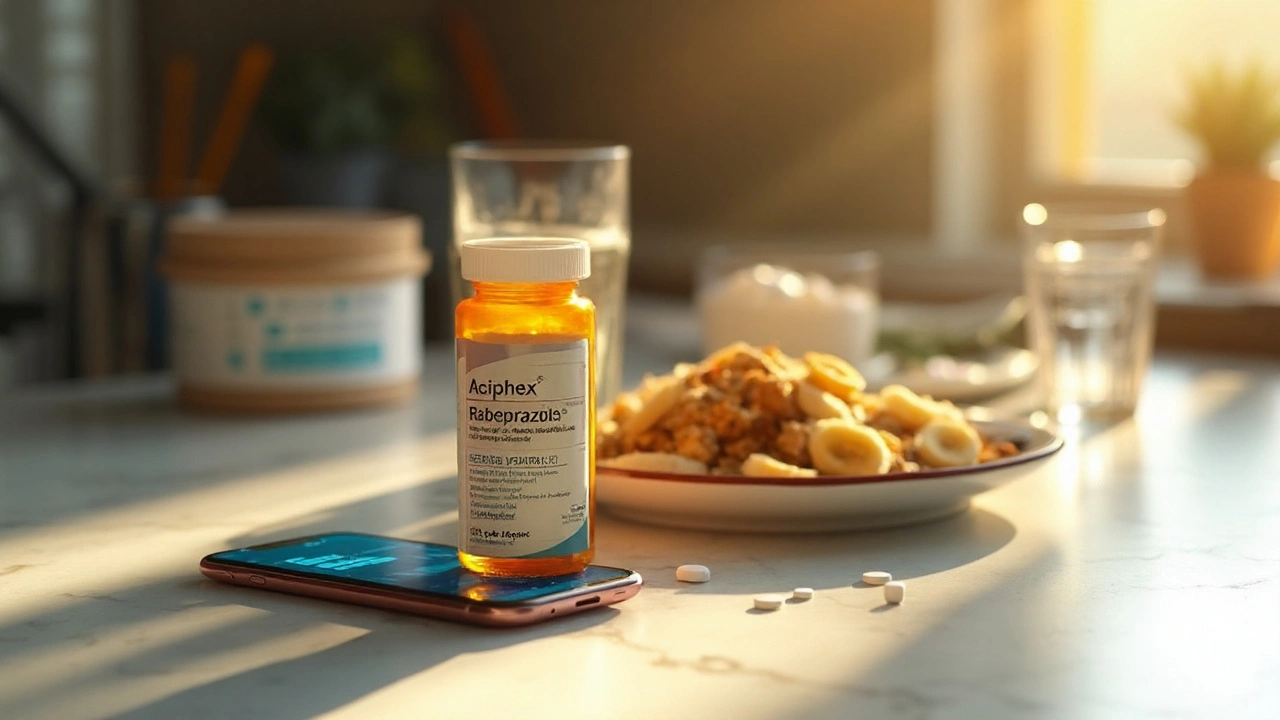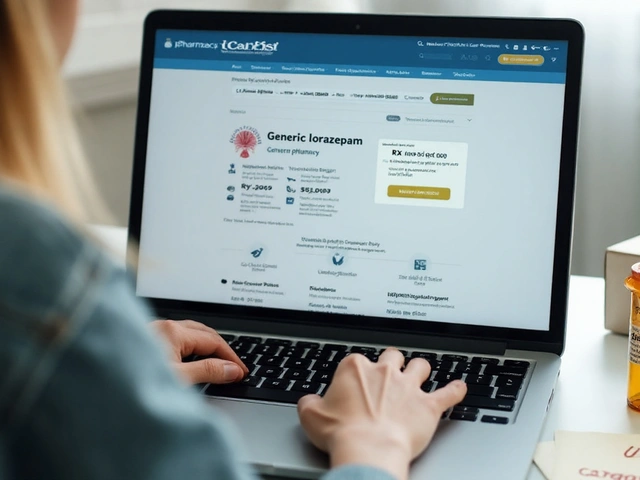PPI Dosage Guide: How to Take Proton Pump Inhibitors Safely
Did you know that taking your PPI at the wrong time can cut its effectiveness by half? If you’re dealing with heartburn, ulcers, or acid reflux, the right dose and timing matter more than you think. Below you’ll find clear, no‑jargon advice on choosing the proper dose, when to take it, and how to avoid common pitfalls.
When and How to Take Your PPI
All proton pump inhibitors work best when the stomach is empty. Take the pill 30‑60 minutes before you eat your first meal of the day. This gives the medication time to block acid production before food triggers it. If you miss the morning dose, a mid‑day dose works, but keep it at least an hour before lunch.
Swallow the tablet whole with a full glass of water. Do not crush, chew, or split extended‑release tablets—they are designed to release the drug slowly. If you have trouble swallowing, ask your doctor for a liquid form or a smaller tablet that is approved for that purpose.
Typical over‑the‑counter PPIs (omeprazole 20 mg, lansoprazole 15 mg) are meant for short‑term use, usually 2‑4 weeks. Prescription strengths (esomeprazole 40 mg, pantoprazole 40 mg) may be used longer, but only under medical supervision.
Choosing the Right Dose and Duration
Start with the lowest dose that relieves symptoms. For mild heartburn, omeprazole 20 mg once daily is often enough. Moderate to severe cases may need 40 mg once daily or a split dose (20 mg twice daily). Never double the dose on your own; higher doses increase the risk of magnesium loss, vitamin B12 deficiency, and bone fractures.
Most guidelines recommend a treatment span of 4‑8 weeks. If symptoms improve, talk to your doctor about stepping down to a lower dose or switching to an H2 blocker for maintenance. Long‑term use (beyond 8 weeks) should be monitored with blood tests for magnesium and B12, and with periodic bone density checks if you’re over 55.
When switching between PPIs, you can usually move straight from one to another at the same dose. However, some brands have different release mechanisms, so keep the same timing rule (30‑60 minutes before food).
Watch for drug interactions. PPIs can reduce the effectiveness of clopidogrel, a blood‑thinner, and may increase the level of certain antivirals or antifungals. If you’re on any of these, let your prescriber know so they can adjust the therapy.
In summary, take your PPI before breakfast, swallow it whole, start low, and stay on the shortest course that works. Check with a healthcare professional if you need to stay on it longer than a couple of months. With the right approach, you’ll keep acid reflux under control without adding new health worries.

Aciphex (Rabeprazole) Guide 2025: Uses, Dosage, Side Effects, and Alternatives
Clear 2025 guide to Aciphex (rabeprazole): what it treats, how to take it, side effects, interactions, and alternatives-plus NZ/US cost notes and pro tips.
Sep 1 2025




